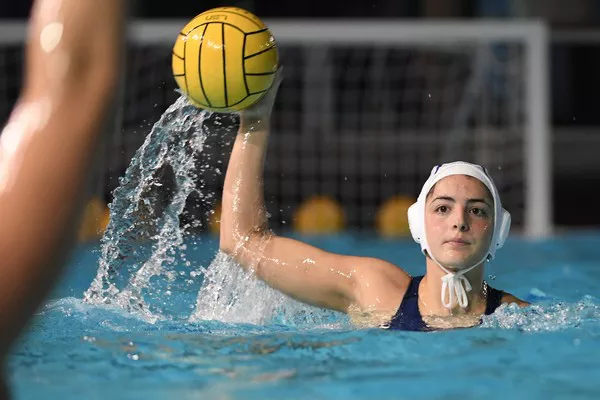Water polo, often hailed as one of the most demanding and exhilarating aquatic team sports, combines elements of swimming, strategy, and sheer athleticism. Played in the deep end of a pool, teams compete to score goals by throwing a ball into the opponent’s net while treading water and maneuvering under strict rules. This article delves into the fascinating world of water polo, exploring its history, rules, skills required, and the unique challenges that make it an enduring and captivating sport.
Origins and Evolution
The origins of water polo trace back to the late 19th century, primarily in Europe where it quickly gained popularity. The sport was originally developed as a water-based alternative to rugby, with the first official rules established in 1877 in Scotland. Initially known as “aquatic football,” water polo underwent several modifications to become the fast-paced, dynamic game it is today.
Throughout the 20th century, water polo grew in prominence, becoming an Olympic sport in 1900. The game’s evolution included changes to rules and tactics, reflecting advancements in athleticism and strategy. Today, water polo enjoys a global following, with strong participation in Europe, the Americas, Australia, and Asia.
Gameplay and Rules
Water polo is played in a pool with a depth of at least two meters, typically over four quarters of seven minutes each (though this can vary by level of play). Two teams of seven players each (six field players and one goalkeeper) compete to score goals by throwing the ball into the opponent’s net. Players can move the ball by swimming, passing, or dribbling, but they cannot touch the bottom of the pool during play.
The rules of water polo govern various aspects of gameplay, emphasizing fair competition and player safety. Fouls can result in penalties, including exclusion from the game for a period of time. The physical demands of the sport require athletes to be proficient swimmers and possess exceptional strength, endurance, and agility.
Skills and Techniques
Success in water polo hinges on a combination of specialized skills and teamwork. Players must master swimming techniques that optimize speed and efficiency while conserving energy. Ball handling skills are paramount, including accurate passing, shooting, and the ability to control the ball in challenging situations.
Defensive strategies involve positioning, anticipation, and rapid transitions between offense and defense. Goalkeepers play a crucial role, requiring lightning-fast reflexes and the ability to block shots from various angles. Water polo demands mental toughness, as players must adapt to changing game dynamics and maintain composure under pressure.
Training and Conditioning
Training for water polo encompasses a rigorous regimen designed to enhance physical fitness and refine technical skills. Endurance training is essential to sustain high-intensity effort throughout a match. Strength training targets muscle groups crucial for swimming, passing, shooting, and treading water effectively.
In addition to physical conditioning, tactical drills and simulated game scenarios improve decision-making and teamwork. Water polo training often involves pool sessions focused on skill development, followed by land-based workouts to enhance strength and conditioning.
Competitive Landscape
Water polo is played at various levels, from recreational leagues to elite international competitions like the Olympic Games and World Championships. Strong national programs exist in countries like Hungary, Serbia, Croatia, and the United States, which dominate the sport at the highest levels.
The competitive landscape is characterized by intense rivalries and close matches, with strategic nuances that elevate the sport to an art form. Major tournaments showcase the pinnacle of water polo excellence, attracting enthusiastic audiences and fostering a vibrant global community of athletes and fans.
Challenges and Future Outlook
Despite its enduring appeal, water polo faces challenges related to accessibility and visibility. The sport requires specialized facilities and equipment, limiting participation in certain regions. Increased efforts to promote inclusivity and grassroots development could expand the sport’s reach and ensure its longevity.
Technological advancements, such as underwater cameras and analytics, are transforming the way water polo is analyzed and understood. These innovations enhance coaching methodologies and provide fans with deeper insights into the intricacies of the game.
Looking ahead, the future of water polo appears promising, with ongoing efforts to broaden its appeal and enhance the spectator experience. The sport’s unique blend of athleticism, strategy, and sheer excitement continues to captivate audiences worldwide, ensuring its status as a cornerstone of aquatic sports.

